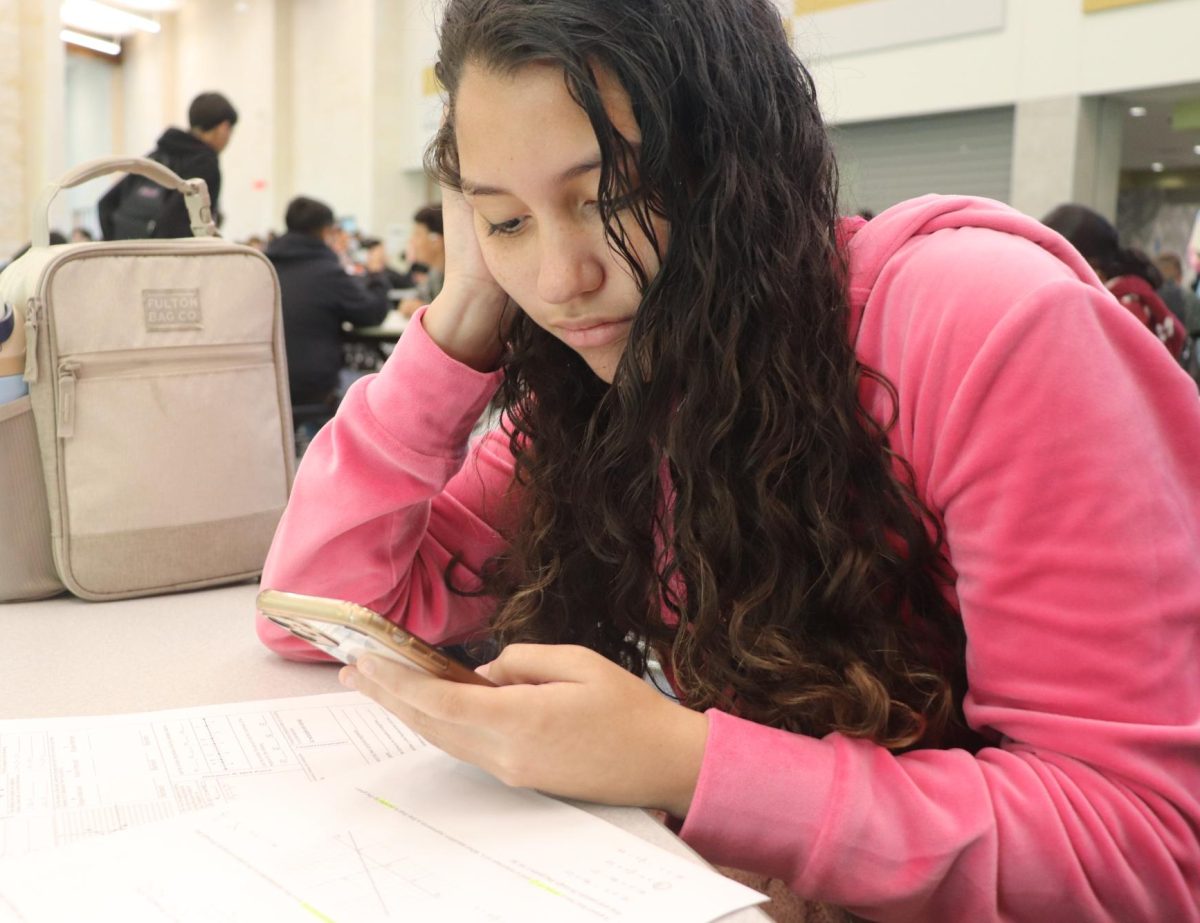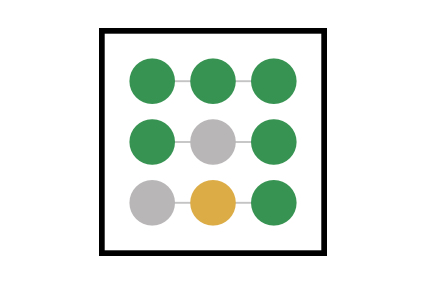Unbothered eyes glue themselves to the bright screen of their device, loading their increasingly rotting brain with overwhelming dopamine. Ears are always plugged in with music beats to avoid distractions as if the birds tweeting was nothing. The majority of teenagers in the world are addicted to their phones, and the student body is no exception.
Attention spans worldwide have dropped around 50% from the 2000s to the present day due to the increase of social media, such as Instagram and TikTok, grappling with society’s brains, and this has majorly affected students’ education.
According to Steven Zauderer, a journalist for Cross River Therapy, the average person’s eye is glued to their smartphone screen every twelve minutes, approximately eighty times a day—sometimes even more, depending on the individual. Furthermore, teenagers and young adults, ranging from sixteen to twenty-four years old, sit at the top of the statistics reading who spends the most time on their phones, spending an average of seven hours a day on their phones.
Over the past twenty years, computer scientists and psychologists have been studying brain function and, essentially, attention spans, according to journalist Cyrus Moulton. Recently, the general run has decreased from two and a half minutes to only forty-five seconds. Although some studies have proven this number can fluctuate, society’s overall focal point has dwindled.
This is all a direct result of a popular social media term that the internet calls “doom scrolling”. Doom scrolling was a phrase coined once scientists noticed the excessive increase in people’s brains’ losing extensive focus on important things. This can be compared to what the internet likes to call “brain rot.”
Students have fallen victim to this newfound crisis, and it is becoming increasingly easy to tell. Efforts have been doubled in the school with this year’s strict new cell phone policy banning phones from being out during class time. Some teachers even have kids stash their cellular devices in an off-limits area at the beginning of class.
High schoolers cannot complete simple tasks without strain and paying attention to the board is proving challenging. This is all fueled by the accessible distraction that can be taken out of jeans or jacket pockets effortlessly. According to an interview with 33 professors across America, elite college students can’t even finish a whole chapter book nowadays.
Smartphones and technology as a whole have affected students’ brain matter to the point that needs to be resolved. As stated by psychology professor Art Kramer, encouraging oneself to delete social media, pick up a hobby that requires being in the depths of reality, exercise and more all help increase attention spans.
So to help with this dilemma, students should exert taking breaks from electronics and fill in free time with other alternatives such as playing a sport or game with friends and family, practicing things that require brainstorming and attentive listening, learning to focus on studies more, etc.
Online games like Wordle, Trivia, Chess, and Sudoku can also be supporting factors in strengthening one’s brain, or any game that involves problem-solving and learning important studies.
Things such as social media aren’t inherently bad and improve systems for connection with one another. ADHD mayhaps be the sole reason for some individuals’ low attention span, but with a rise in ADHD diagnoses, this can’t help but further prove the initial theory phones are the major issue.
Altogether, students’ ability to focus on pivotal stages of their development such as education is in need of fixing and fixing quickly, or else they are leaning towards a world where no one can sit and listen to a lecture.This asserts the decline of intelligence and the crisis of attention spans.


























